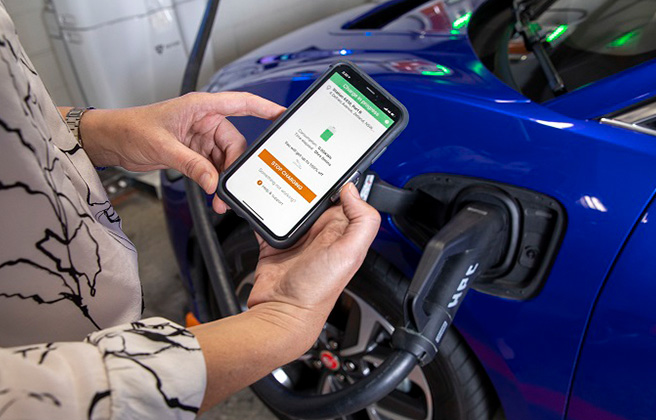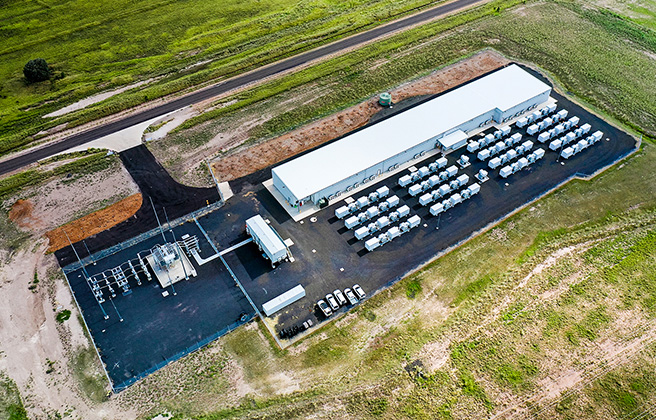Earth Week: Special Edition of Good Climate News this Week!
Apr 26, 2024
 Credit:
Darren Lawrence
Credit:
Darren Lawrence
Every Monday, we round up five of the best good climate news stories we’re celebrating. This week we’re covering funding for clean energy infrastructure, new proposed emissions standards for incinerators, upgraded charging ports, a battery-powered grid in Hawai’i, and the continued growth of solar.

The Department of Energy has announced the first round of clean energy infrastructure projects to receive funding through the Assisting Federal Facilities with Energy Conservation Technologies (AFFECT) program. Designed to fund energy and water efficiency projects at federal facilities, the program will award a total of $250 million in three installments. This first tranche of $104 million will fund 31 projects in 18 states, Washington D.C., and a U.S. Army base in Germany.
Projects covered by this round of funding are expected to save millions in energy and water costs, curb thousands of tons of greenhouse gas emissions, and drastically reduce the government’s energy usage.
Source: Energy.gov

In response to litigation from environmental groups, EPA has proposed new stricter emissions limits for large, municipal incinerators that burn at least 250 tons of trash a day. Nearly 160 units at 57 facilities across the country would be subject to the new, tighter standards. Many of these incinerators are located in low-income communities and communities of color, which feel the worst effects of the pollution.
The updated rules would cut an estimated 230,000 tons of nitrogen oxides, 48,000 tons of sulfur dioxide, 6,900 of hydrogen chloride, 3.6 tons of lead and 1,100 tons of mercury from the air over the next 20 years, meaning cleaner, safer air for millions of people.
Source: Politico

DOT has awarded nearly $150 million for projects to repair and replace nearly 4,500 existing electric vehicle charging ports in 20 states. The funding is one phase of the Biden Administration’s plan to expand the nationwide network of chargers to 500,000 by 2030, with high-speed chargers no more than 50 miles apart on the nation’s busiest highways.
Increased adoption of EVs has led to higher demand for EV charging in the last several years, and this demand is expected to continue to grow. Since the start of the Biden administration, the number of publicly available EV chargers has increased by 70%. Ensuring these charging ports are functional and reliable is critical to promoting EV adoption across the country.
Source: Reuters

Hawai’i recently announced that it has built a giant battery to store and dispatch renewable energy to the electrical grid in Oahu. The battery will collect energy from the renewable-powered grid when it is generating an excess (for example, during the day when solar power is abundant) and discharge it when more energy is needed (such as in cloudy conditions or at night).
The electricity stored and dispatched by the battery matches the maximum energy output of the state’s last coal-fueled power plant, which closed in 2022, but with a faster response time. The system helps address concerns about the reliability of renewable energy sources in variable weather.
Source: Canary Media

According to the U.S. Energy Information Administration (EIA), the country is on track to add 36 gigawatts of solar energy capacity in 2024, and 46 GW in 2025, quadrupling the amount of solar energy in the U.S since the start of the decade. If EIA’s estimates are accurate, solar power will account for 7% of the U.S.’s electricity production by the end of 2025, a huge jump from the 4% share it held in 2023.
The expansion of solar power and other renewables is slowing the growth of fossil fuels, with coal production levels expected to drop to the lowest levels since the early 1960s by 2025.
Source: E&E
Check out the Power Source Blog and follow us on Instagram or Twitter for more Good Climate News every Monday.